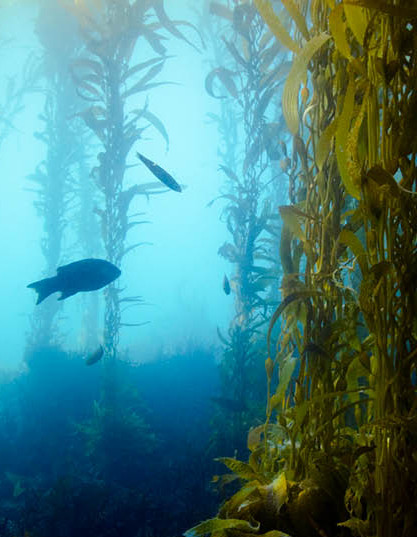Kelp carbon role uncovered
 Research has shed light on the vital role of underwater kelp forests in carbon sequestration.
Research has shed light on the vital role of underwater kelp forests in carbon sequestration.
The Great Southern Reef, spanning Australia's southern coast and Tasmania, is home to expansive seaweed and kelp forests covering 71,000 square kilometres of ocean. It could also offer a new solution in the fight against climate change.
Similar to terrestrial plants, seaweed absorbs carbon dioxide from the atmosphere through photosynthesis.
A new study, conducted by the University of Western Australia and Conservation International, reveals that the climate benefits of these underwater forests have been severely underestimated.
Dr Albert Pessarrodona, who led the research, says that the protection and restoration of seaweed forests worldwide could capture millions of tonnes of carbon dioxide each year, equivalent to the sequestration capacity of a billion trees.
In terms of area, seaweed forests can capture and store as much carbon as tropical rainforests.
The study also highlights the unique potential of these underwater ecosystems, occupying an area twice the size of India, to sequester carbon in previously untapped locations. Seaweed forests off Japan, Norway, and the eastern Canadian Arctic were identified as other areas with significant carbon sequestration potential.
Experts say that restoring these underwater ecosystems, although complex, presents a promising opportunity to mitigate warming and climate change.








 Print
Print